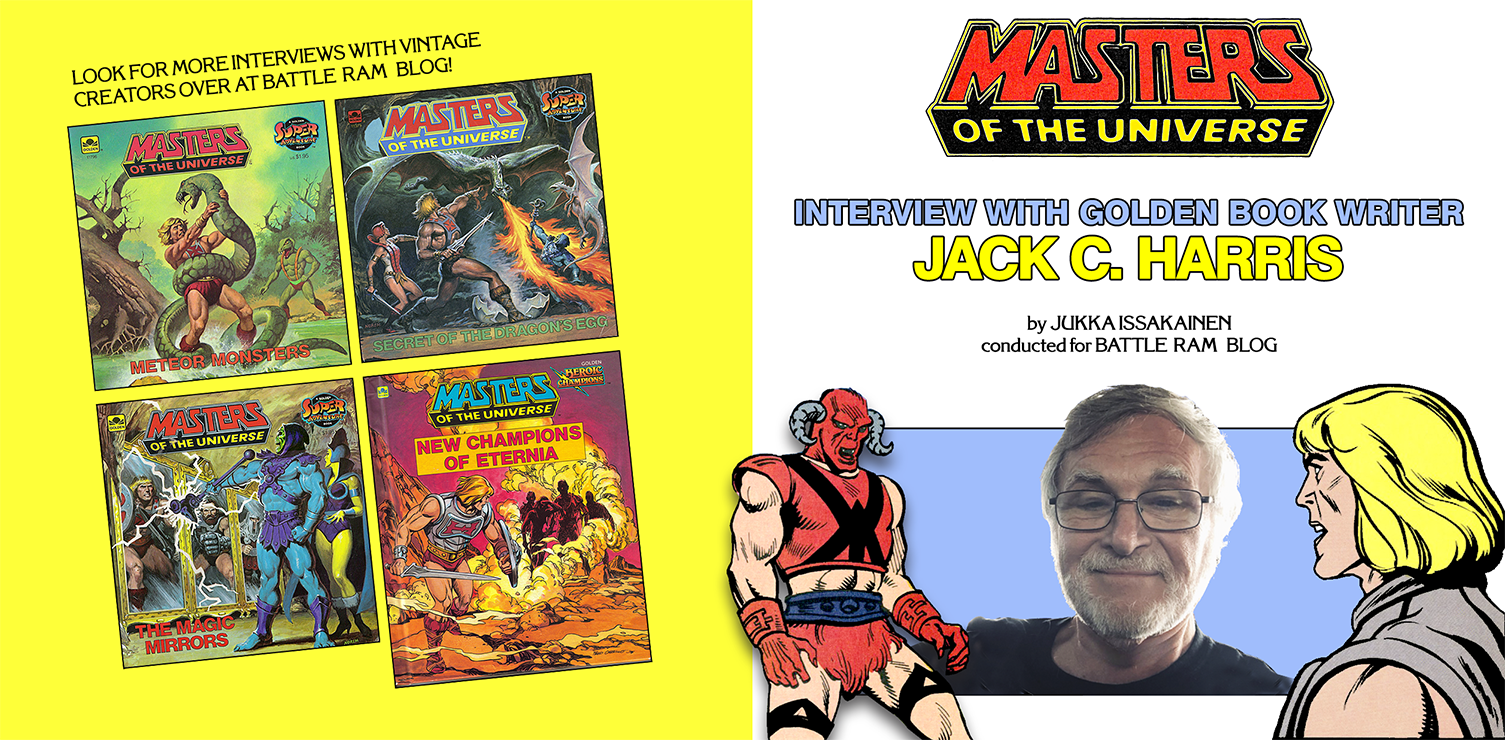
Thank you very much for agreeing to this interview! Tell us about yourself!
Born and raised in Wilmington, Delaware, I was a life-long comic book fan and, originally, I studied art at the University of the Arts in Philadelphia with the goal of being a comic book artist. However, that path changed when, upon graduation, I was hired by DC Comics in New York to be one of their Assistant Editors. That shifted my focus on to editing and writing. As a full Editor at DC, I edited such titles as Green Lantern, World’s Finest Comics, Legion of Super-Heroes, Black Lightning, Firestorm and many others. As a writer, I wrote stories for Wonder Woman, Supergirl, Batgirl, Robin and others. I created the Ray and wrote the graphic novel, Batman: Castle of the Bat.
How did you end up working for Western Publishing (Golden Books) and their projects?
After leaving DC and working for a trade magazine for the licensing industry, I freelanced for DC, Marvel, Archie Comics, Darkhorse and just about every independent comic book company there was.
While working for the licensing industry magazine, we covered publishing. I received a press release regarding Golden Books’ (Western Publishing) plans to issue a series of Masters of the Universe storybooks. The editor was a gentleman I knew from the comics industry. In my capacity as a freelance writer, I contacted him and soon had MOTU assignments.
With Masters of the Universe stories, what did Mattel provide you with in order to form new tales for our heroes?
When crafting these stories, the editor would forward everything I needed for the backgrounds of the characters. These would be in the form of press releases from Mattel, which included a photo of the toy or a picture of a prototype. Sometimes, I would get the toy itself.
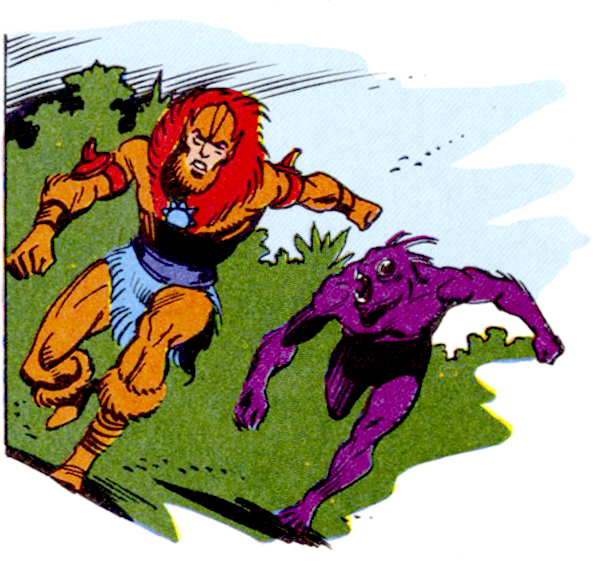
How long would writing a story take?
I was free to plot any kind of story I wanted as long as it didn’t go against the main, established storylines and characterizations of the characters. I could usually plot a story in a day and talk it over with the Editor. This was during the days before the Internet, so our communication was over the phone.
Once a plot was approved, it took me about a week to type up a script, writing about two manuscript pages for each printed page. Typically, a 24-page storybook followed a 48-page, typewritten manuscript. These were delivered through the mail or, if I was going to be in the city, I would drop the manuscript off in person.
With character selection, did your Editor (or Mattel) require specific characters with each respective story?
In the very first MOTU story I did, Mattel did request the inclusion of Fisto, who was a new character at the time. They sent me a Fisto toy (but I don’t recall whatever happened to it).
You wrote a hardcover story “New Champions of Eternia”, which has a unique origin story for the Skeletor henchmen Evil-Lyn, Beast Man, and Tri-Klops; as passengers onboard the spaceship that Queen Marlena piloted. What do you remember about this story and reference Mattel provided?
All of the origin stories and back stories of the MOTU characters came, in detail, from Mattel. I might have embellished them in a narrative, but the basics were always there from Mattel, whether in text or in the drawings or prototypes. There may have been incidences where I made something up, but it was too long ago to recall specifics.
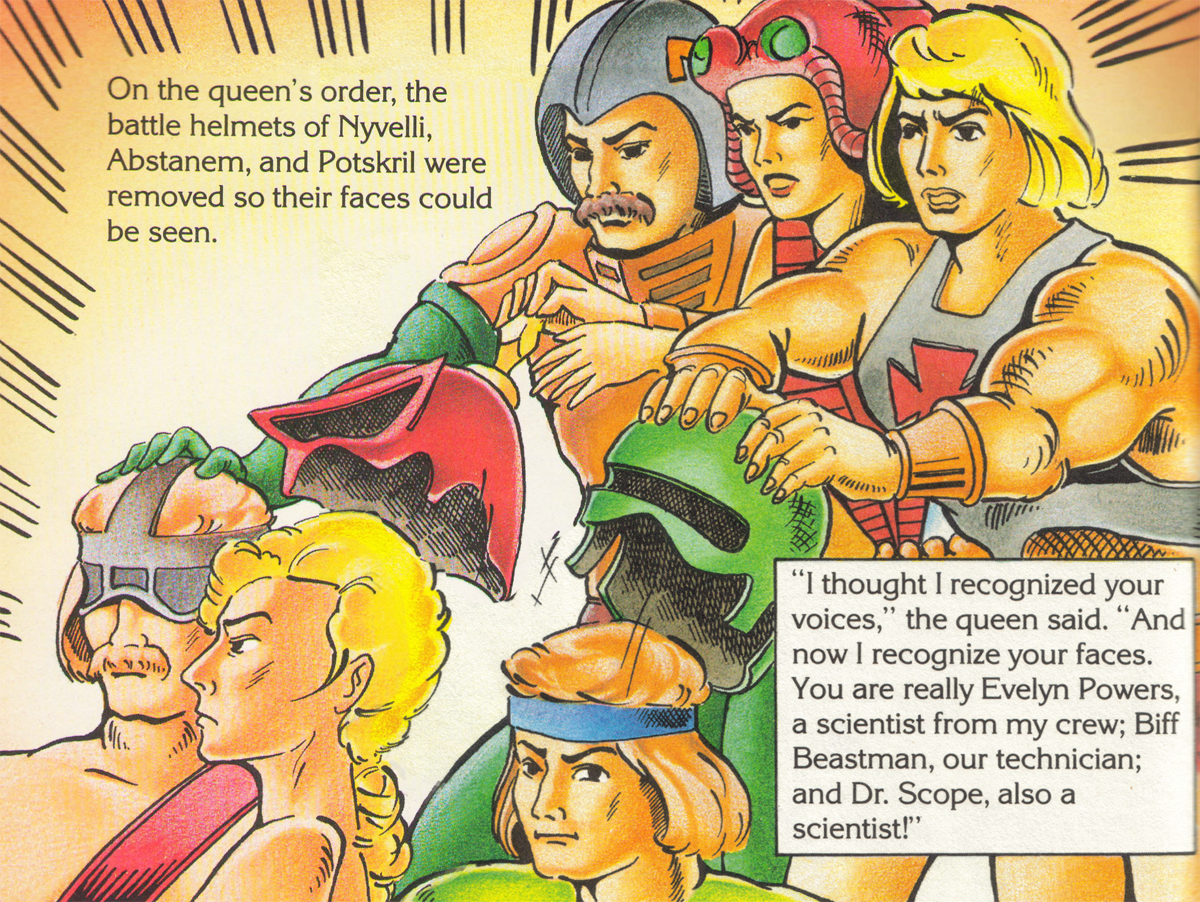
Which story was your first and which one is your favorite and/or least favorite?
Mattel requested Fisto’s appearance in the first MOTU book I wrote, The Secret of the Dragon’s Egg. This is also my favorite of the ones I wrote, mostly because of the stunning Norem cover. Some time ago, I tried to track down the original art of this cover, hoping to obtain it for myself.
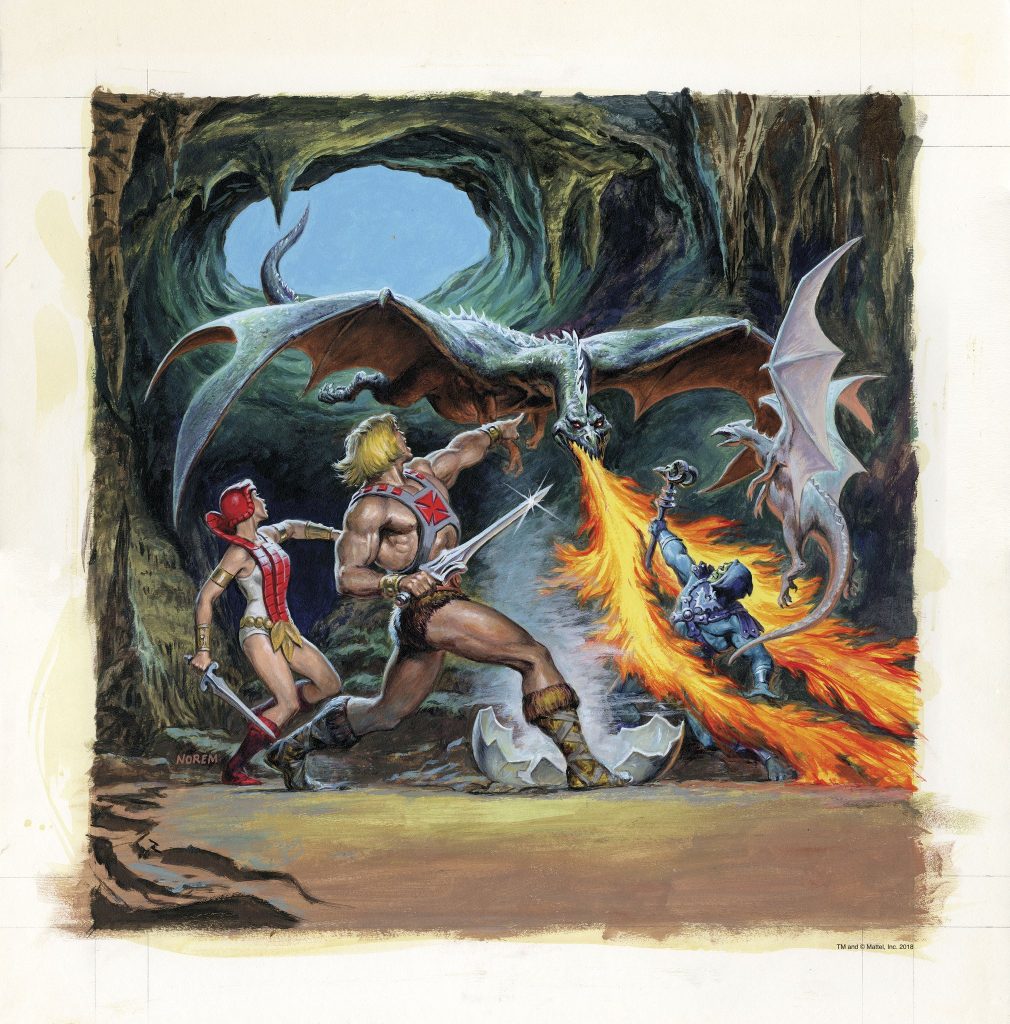
My least favorite was New Champions of Eternia because the interior art completely misses the mark, from misinterpreting my original manuscript to not maintaining the established “look” of the characters.


What were the challenges?
Compared to writing for the comics, the storybooks were a little easier since they usually focused on one major incident, rather than a complicated series of events. The scripts would include descriptions of all the illustrations for the artist and all the dialogue for the typesetter. References for the characters were attached, usually copies made from the material provided by the Editor which he had obtained from Mattel.
I don’t have copies of any of these old scripts.
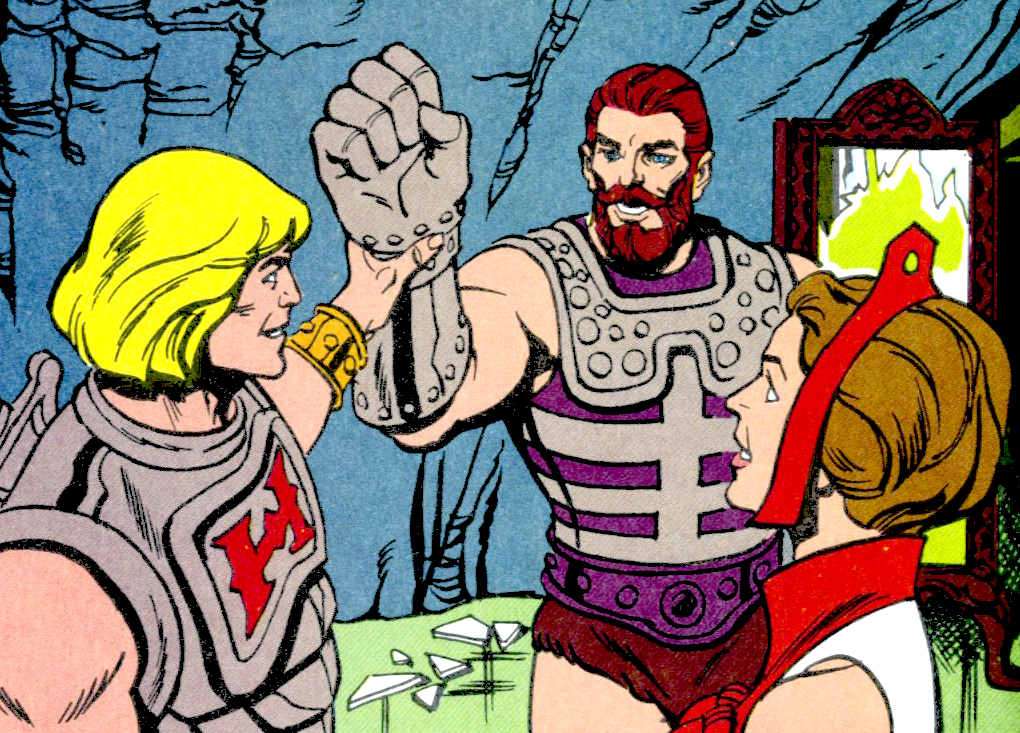
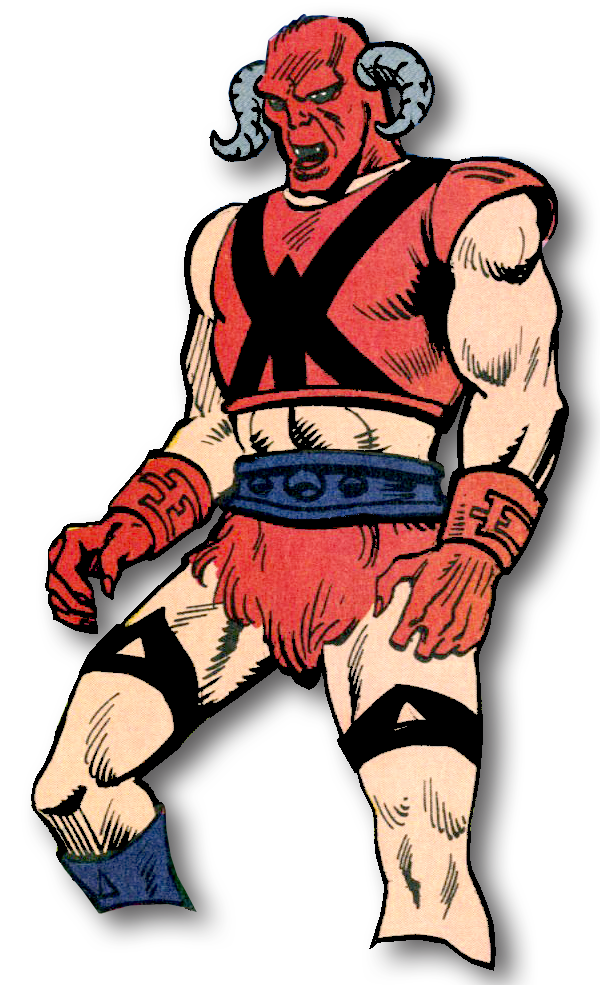
In the story “The Secret of the Dragon’s Egg”, there is a new character called Goat Man. He did not have a toy in the 80s and your book was his only appearance. What can you tell us about him and his creation?
In the instance of “Goat Man,” I had originally included an unnamed monster minion for Beast Man, but the editor added the name to him. He wasn’t based on any toy.
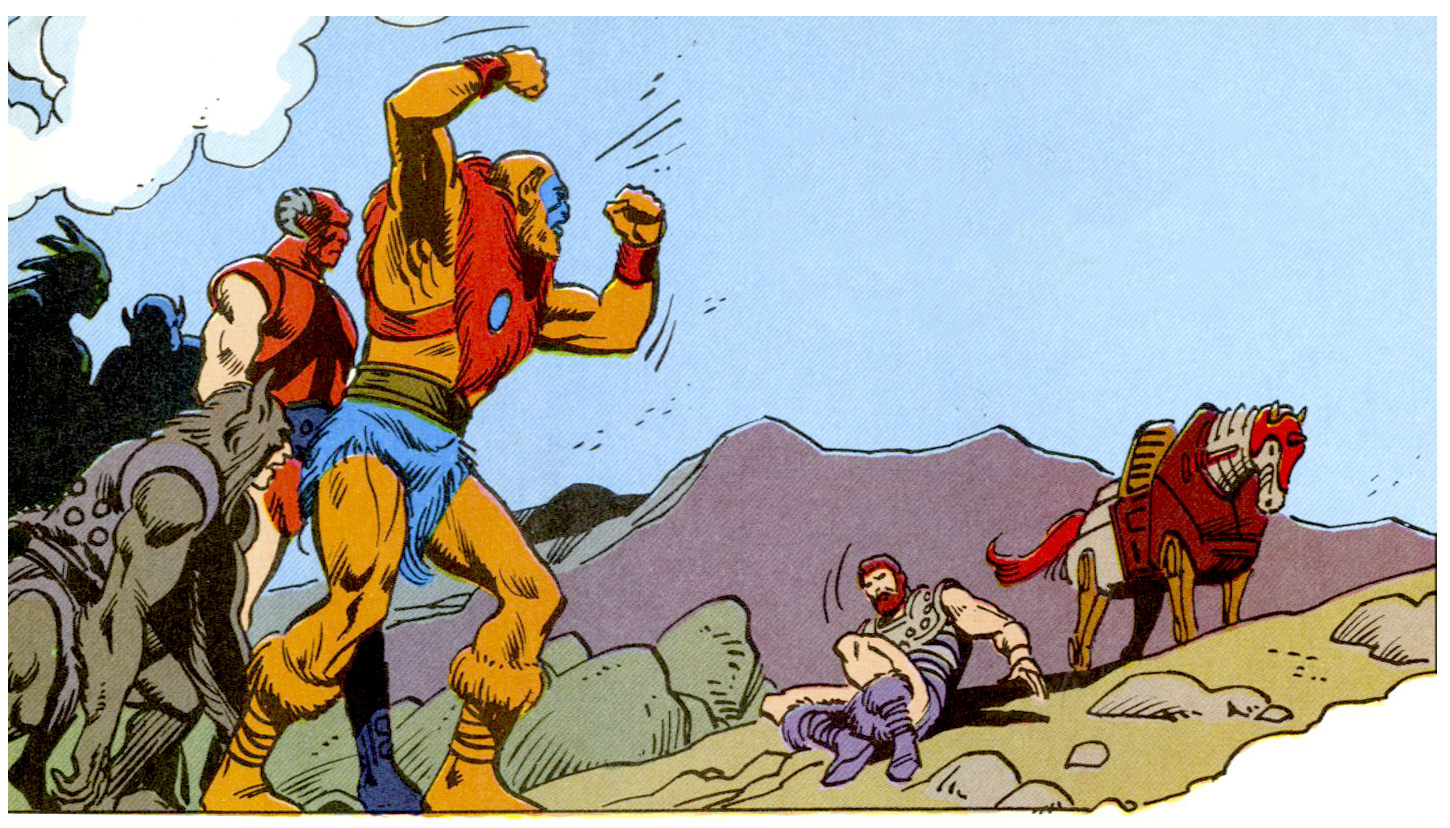
What was the name of your editor while you worked on the MOTU stories?
Mike Tiefenbacher was my editor at Golden; there were a few Assistants I also worked with such as Charlie Kochman, who later became an editor at DC.
There were many talented artists working on the stories. How did they get paired with writers?
The editor assigned the artists, so I never had any input as to who was going to draw my stories. I was lucky, in that I usually got some extremely talented individuals to illustrate my tales. Some of them I had teamed up with previously in comic books, such as Luis Eduardo Barreto and Fred Carillo. What really impressed me were the painted covers, especially the ones by Earl Norem, who also illustrated covers for such magazines as Reader’s Digest and Field and Stream.
Were there any stories left on the “cutting room floor”? Or pitches that were vetoed?
I never pitched a MOTU story. These were always assigned to me. I would get a call from the editor and he would give me a list of characters to use and I would go from there. The only “pitch” I would give was to the plot of the adventure. I never originated the discussion of stories.
Golden Books also did stories with “She-Ra, Princess of Power” who was He-Man’s twin sister. Were you offered to do any stories for She-Ra?
I never did any She-Ra stories.
Who is your favorite MOTU character?
He-Man himself was always my favorite MOTU character, because he had all the classic “super hero” traits, from super-strength down to the Clark Kent-ish meek alter ego.
You have worked as an Editor and a Writer. What pros and cons do you feel come in those positions? Which one do you prefer?
The best part of being a comic book editor was all the great creative people you were able to meet and work with! The downside were the never-ending deadline pressures!
Oh, and being a writer was more fun than being an editor.
Were there any artists you would have liked to have worked with? Did the writers have any say in the matter?
I was paired with many other artists on other books, such as Al Bigley, Mike De Carlo, Dan Adkins, Carmine Infantino, Gene Biggs, and so many others.
Your MOTU stories appear in both softcover versions and hardcover. Did you know the format in which the story would be published, and what the approach was like?
The format for these books was 8″ x 8″ in both soft and hardback editions. I never knew if the soft covers would also be published in hard-cover editions, and it really didn’t matter as the scripts were typed up in the same matter for either.
What other projects did you work on during your time at Golden Books?
Once I had the MOTU books under my belt, other projects followed, on an extremely wide field of characters and subjects, both fiction and non-fiction: Other licensed characters such as Batman, Conan, the Dino-Riders, Garfield, the Ring Raiders, Zelda, the Galaxy Rangers, the Super Mario Brothers. I did a biography of Dwight Eisenhower and non-fiction books on jet planes, firefighters, and boats. It was a long and varied list.


Did you ever watch the animated series by Filmation?
Since I was writing so many licensed characters, I spent many a Saturday morning watching cartoons with my three daughters. This was “research”!
What projects are you currently working on?
Currently, I am mostly retired, but still touch upon the occasion freelance assignment. In October, I have a book coming out from TwoMorrows Publishing entitled Working With Ditko, which chronicles my many comic book collaborations with legendary comic book creator Steve Ditko.

Thank you very much Mr. Harris!
You’re welcome!
Nice to finally have a definitive answer about Goat Man.
Always something new to discover here, Adam.
Great work as always.
Thanks Allison! This interview was done by my good friend Jukka Issakainen 🙂